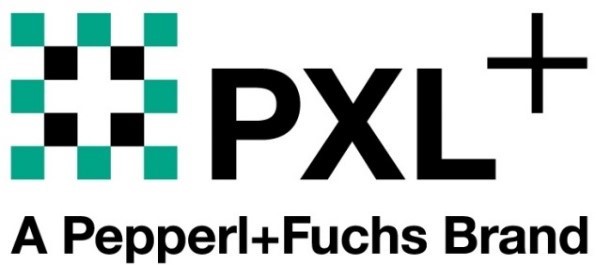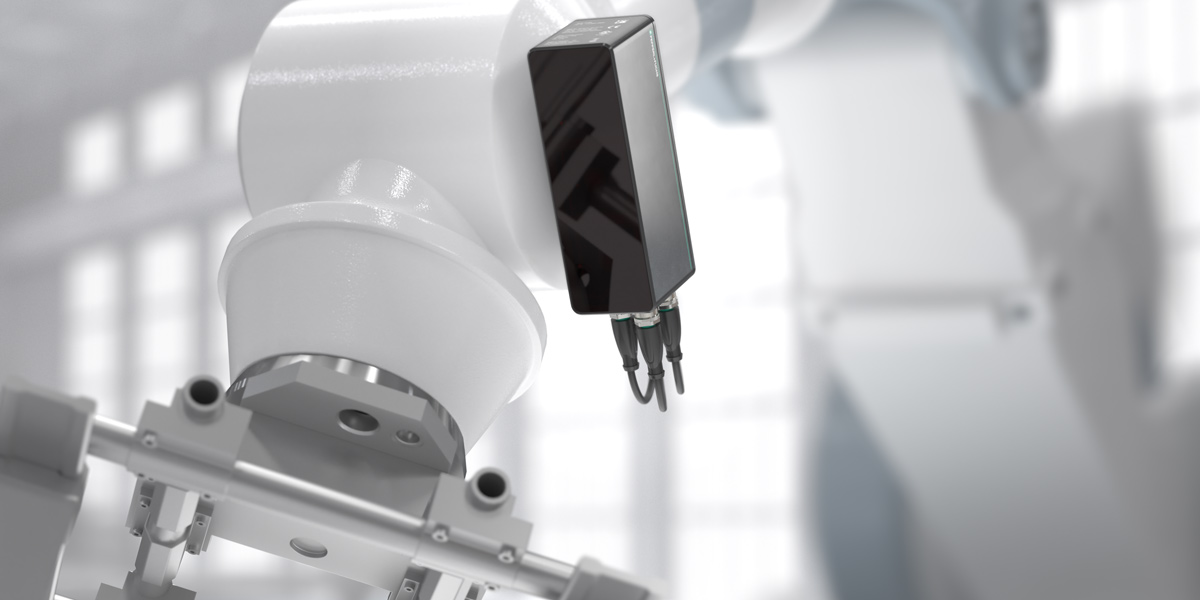Into the Future of 3-D Vision Technology with PXL+
Content of This Article
Into the Future of 3-D Vision Technology with PXL+
In industrial vision applications, a conventional representation of 3-D point clouds in space is often no longer sufficient to precisely identify relevant object details. With the PXL+ technology developed by Pepperl+Fuchs subsidiary VMT, however, 3-D point cloud images can be enriched with any number of sensor data. Thanks to this valuable additional information, the gap between human and machine vision can be closed, allowing numerous (industrial) applications to be solved more efficiently and expanding the range of applications that can be automated.
In this blog article, we explain what stands behind the term PXL+, where the technology is already being used successfully, and the potential it offers.
Sophisticated Multi-Sensor System
PXL+ is a modular system that brings together data from different sensors in the same format. This is achieved by fusing additional sensor data channels and algorithms based on 3-D data on a specially developed software platform called VMT MSS. In this process, existing pixels of a scanned object are enhanced with additional information, the pixel-plus information―such as color, surface property or temperature. Since neither the type nor the number of sensor data to be fused is limited, there are almost infinite combination possibilities.
Depending on the application, for example, the 3-D images from the Pepperl+Fuchs R2000 LiDAR sensor or the OLV laser light section sensor are combined with the data from other sensors.

PXL+
PXL+ in Action
So far, PXL+ technology has been used primarily in the automotive sector and in robotics.
One field of application, for example, is automated parts removal by robots. The interaction of the PickFinder3D sensor system and the intelligent VMT MSS software can be used wherever parts are delivered unsorted, and then have to be separated. With the help of the pixel-plus information feature of the sensor system, the objects to be sorted are precisely and three-dimensionally detected according to their color, contour or reflective properties. The taught-in CAD data is compared with the image, at which point the robot gripper arm receives instructions calculated by the software on the ideal gripping point so that collision-free removal can take place. This helps employees in the area of warehouse logistics and makes segmentation processes more efficient.
Benefits of PXL+ at a Glance
Comprehensive VMT MSS Software Platform
Within the software environment, visualization, calibration, documentation and calculation of the individual measured values are carried out without the need for additional programming. Due to various industrial interfaces, the software can also be used to communicate with a robot PLC.
Selection of Data Areas
PXL+ and VMT MSS software give users the ability to select data segments of a 3-D point cloud based on their additional properties. The data of the selected areas can be further processed faster and more efficiently without having to examine the entire 3-D image.
Identification of Surface Information
Surface information such as spots or other contrast and color structures can be identified by the pixel-plus data and traced back to the 3-D geometry. For example, robots in the automotive sector can be enabled to polish even the smallest paint defects at the correct work angle. These damages would not have been visible in a 3-D representation alone.
Optimized Reality Visualization
A 3-D point cloud without additional information only represents a geometric image of an object in space. By fusing it with another 2-D sensor, such as a high-resolution color camera, the existing 3-D data can be colored, resulting in an enhanced representation of the reality in a virtual world.
Subscribe to our newsletter and receive regular news and interesting facts from the world of automation.
